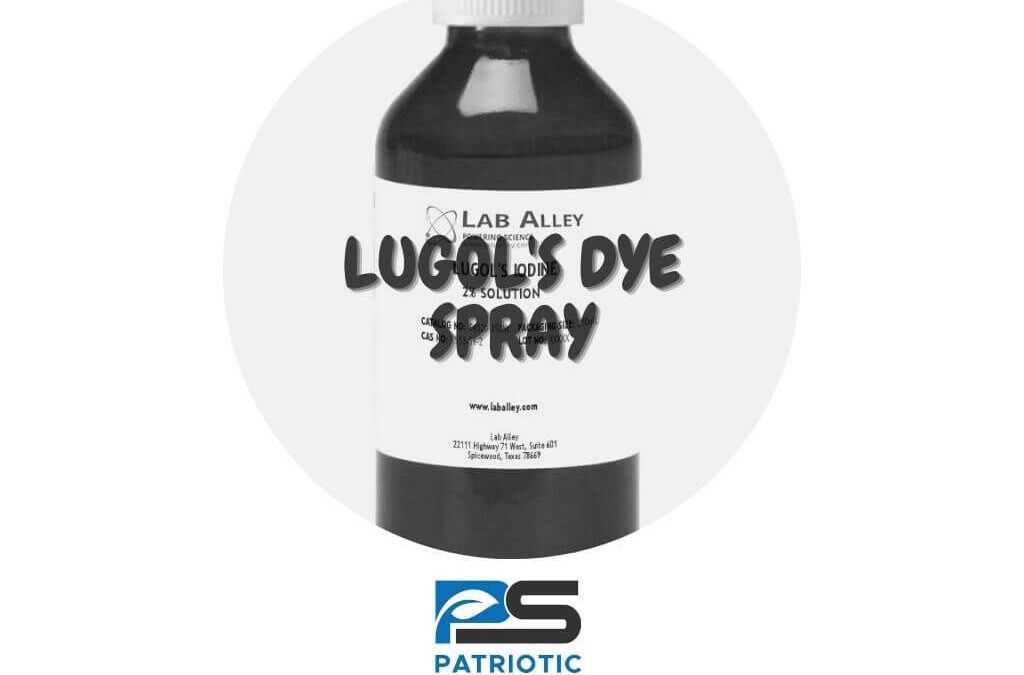ABSTRACT
Objective: Patients with primary head and neck cancer show a predisposition to develop esophageal cancer. The aim of this study was to investigate in these patients: the prevalence of esophageal cancer comparing the value of chromoendoscopy using Lugol’s solution examination to standard endoscopy, in the early diagnosis of esophageal cancer.
Methods: Prospective observational study at a state general university hospital in Sao Paulo, Brazil. 326 consecutive adult patients with primary head and neck cancer were evaluated. A standard endoscopy was performed, followed by a 2% Lugol’s dye spray chromoendoscopy and histopathologic study. The prevalence of esophageal cancer was defined. The results of the two endoscopic methods were compared.
Results: Twenty-four patients with esophageal cancer and high-grade intraepithelial neoplasia were detected and had a prevalence of 7.36%. Chromoendoscopy and standard endoscopy were equivalent to the diagnosis of advanced and invasive esophageal cancer. However, standard endoscopy diagnosed 55% of high-grade intraepithelial neoplasia, in comparison to chromoendoscopy that detected 100%.
Conclusions: Patients with primary head and neck cancer should be considered as high risks for the presence of esophageal cancer. Lugol’s dye chromoendoscopy diagnosed high-grade intraepithelial neoplasia, which went unnoticed with standard endoscopy. It permits a more exact detection of lesion boundaries and facilitates a more precise targeting of biopsy fragments.








